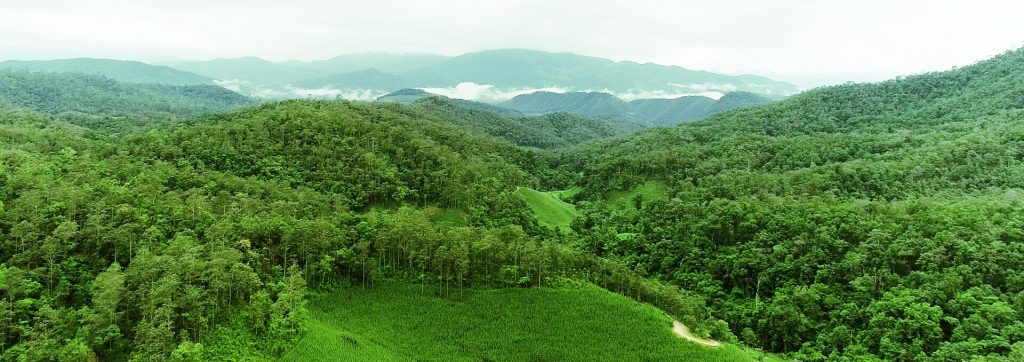1) Preparation for Implementation of RED Plus Framework (Readiness phse)
• Communication and Public Relations Plan
• Potential development plans or training plans to educate all sectors, especially people in local communities.
• Information and Coordination Center
• Participatory networking and action.
• Consultation and Participatory Processes
2) National Redd Plus strategy or action plan to cover the subject
• Analysis of the causes of deforestation and forest degradation.
• Forest Management and Forest Governance
• Land use assessment and factors that cause changes in land use.
• Review of policies, laws and management organizations/institutions.
• Define the word forest.
• Information sharing and listening to opinions, grievances
• Local strategy/community management action plan.
• Determination of strategic options. and a framework for implementing the plan
3) National forest monitoring systems
• National Forest Map.
• One national forest resource database system.
• Monitoring system for changes in forest resources.
4) Reference Level Measurement System Measurement, reporting and verification system (Reference level: RL) and/or reference emission level (Reference Emission level: REL) forest sector
• Analyze past deforestation rates for each period in the past.
• Economic and social factors. and national economic and social development plans
• Consider the current situation of the country.
• Causes of deforestation.
• Context of national policy.
5) National measurement, reporting and verification system (Measurement Reporting and Verification: MRV)
• Implement the five principles of the United Nations Climate Change Convention: transparency, accuracy, continuity, integrity and comparability.
• Changes in carbon sequestration must be assessed against baselines (tonnes of carbon dioxide per year).
• Verification or verification. Must be a central agency or organization for the operation
• Development information: GHG emissions and absorption from forests, changes in forest areas from individual activities or as a whole. and related definitions
6) Information and Social Impact Protection System natural resources and the environment (Safeguards)
• Safeguards information System : SIS
• Knowledge and understanding of Sateguards.
• Guidelines for the implementation of the Cancun Agreement in the 16th Conference of the Conference of the Parties to the Convention.
• Use the discussion process to set up a monitoring system to prevent impacts and set up impact indicators.
7) Assessment of carbon stock for each type of forest area
• Study and create equations for calculating carbon in forest areas of the country.
• Model the carbon stock assessment for each forest type.
8) Non-carbon benefit or Co-benefit
• Clarity of non-carbon benefits and co-benefits.
• Assessment and setting indicators to assess non-carbon or co-benefits.
• Which non-carbon benefits will be selected to measure? If you want a return
9) Monetary Mechanism and Financial Sustainability: Fund system (donation, fundraising, tax collection, service) Mechanism system (carbon trading) or hybrid system
10) Benefit Sharing : Rules for sharing such as who should benefit? Why, under what conditions, in what parts, and for how long?
11) Management of institutions/organizations/structures to carry out RED Plus activities of the country. There is currently a REDD+ task force established by the Climate Change Academic Subcommittee. The task force is chaired by the Director-General of the Department of National Parks, Wildlife and Plant Conservation.
• Provide guidelines for readiness activities for the RED Plus Mechanism.
• Prepare an action plan according to the RED Plus mechanism policy and strategy.
• Appointment of an academic working group
• Review plans/projects/proposals related to the RED PLUS Mechanism.
• Provide academic support to the Academic Sub-Committee.
• Liaise with relevant stakeholders to provide necessary information to the RED Plus mechanism.
1) Follow the specified measures, strategies and plans.
2) Development and enhancement of potential
3) Technology development and transfer
4) Development of financial mechanisms to support operations
5) Piloting to emphasize the achievement of activities
It is an extension of the action from Phase 2. at the national or regional level The reference baseline or reference emission baseline is used as a basis for determining the potential of RED Plus operations. There will be a system of measurement, reporting and verification or verification to assess the effectiveness of the implementation. before receiving financial returns through funds or market mechanisms which depends on each country's policy and future experience

